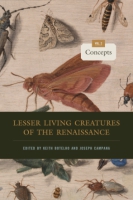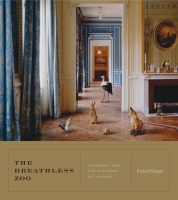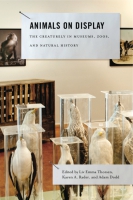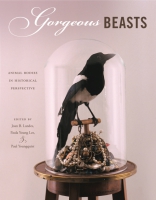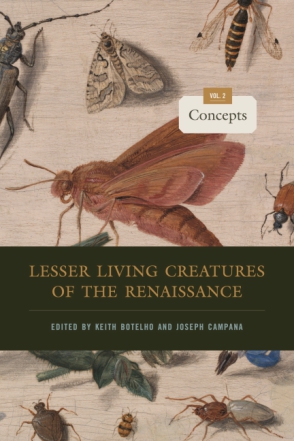
Lesser Living Creatures of the Renaissance
Volume 2, Concepts
Edited by Keith Botelho and Joseph Campana
Lesser Living Creatures of the Renaissance
Volume 2, Concepts
Edited by Keith Botelho and Joseph Campana
“This is a superb and richly varied collection that does justice to the dazzling variety of entomological writing in the Renaissance. . . . Lesser Living Creatures of the Renaissance makes a significant contribution to animal studies, the environmental humanities and the history of science, particularly in its attention to scale and the ways that literary insects both underwrote and pressured the centrality of analogy as the episteme of pre-Enlightenment natural history.”
- Description
- Reviews
- Bio
- Table of Contents
- Sample Chapters
- Subjects
Volume 2, Concepts, explores ideas that cut across species, insect and otherwise, both building on and invigorating critical vocabularies developed over nearly two decades of early modern animal studies. The contributors explore topics such as the medical and culinary consumption of insects; extermination campaigns; the auditory and emotive effects of a swarm; insects and politics; and notions of infestation, stinging, and creeping. Throughout, they illuminate how early modern science and literature worked as intersecting systems of knowledge production about the natural world and show definitively how insect life was, and remains, intimately entangled with human life.
In addition to the editors, contributors to this volume include Lucinda Cole, Frances E. Dolan, Lowell Duckert, Andrew Fleck, Rebecca Laroche, Jennifer Munroe, Amy L. Tigner, Jessica Lynn Wolfe, Derek Woods, and Julian Yates.
“This is a superb and richly varied collection that does justice to the dazzling variety of entomological writing in the Renaissance. . . . Lesser Living Creatures of the Renaissance makes a significant contribution to animal studies, the environmental humanities and the history of science, particularly in its attention to scale and the ways that literary insects both underwrote and pressured the centrality of analogy as the episteme of pre-Enlightenment natural history.”
“Lesser Living Creatures of the Renaissance brings a welcome and timely focus on early modern understandings of insect life, ideas, and work that stood, as the authors convincingly argue, in the midst of the transformation of natural history ‘as literary authority’ to embodying the new scientific ideas and observational methods of the era. This two-volume work makes a significant scholarly contribution to literary studies and history by bringing insects and insect life into these conversations.”
“There has not previously been such a wide-ranging collection as this. Lesser Living Creatures of the Renaissance is a vital new contribution to not only early modern studies, not only animal studies and ecocriticism, but also to the history of science, the history of medicine, and current debates about the environment.”
Keith Botelho is Professor of English at Kennesaw State University. He is the author of Renaissance Earwitnesses: Rumor and Early Modern Masculinity.
Joseph Campana is William Shakespeare Professor of English and Director of the Center for Environmental Studies at Rice University. He is the author of The Pain of Reformation: Spenser, Vulnerability, and the Ethics of Masculinity and the coeditor, with Scott Maisano, of Renaissance Posthumanism.
List of Illustrations
Acknowledgments
Introduction Concepts
Joseph Campana
1.Sting Stinging like a Bee in Early Modern England
Julian Yates
2. Scale Lesser Living in the Renaissance
Joseph Campana
3. Pest Environmental Justice and the (Early Modern) Rhetoric of Pest Control
Jennifer Munroe and Rebecca Laroche
4. Infestation Out of Africa: Locust Infestation, Universal History, and the Early Modern Theological Imaginary
Lucinda Cole
5. Habitat and Politics “Regardles of his gouernaunce”: Exploring Human Sovereignty and Political Formation in Early Modern Insect Habitats
Andrew Fleck
6. Consume Consuming Insects
Amy L. Tigner
7. Decompose Worm Work
Frances E. Dolan
8. Locomotion Creeping and Crawling
Keith Botelho
9. Communication Tettix
Lowell Duckert
10. Swarm Song of the Swarm
Derek Woods
11. Illumination “Living Lamps”
Jessica Lynn Wolfe
Epilogue Concepts
Keith Botelho
List of Contributors
Index
Download a PDF sample chapter here: Introduction
Mailing List
Subscribe to our mailing list and be notified about new titles, journals and catalogs.
